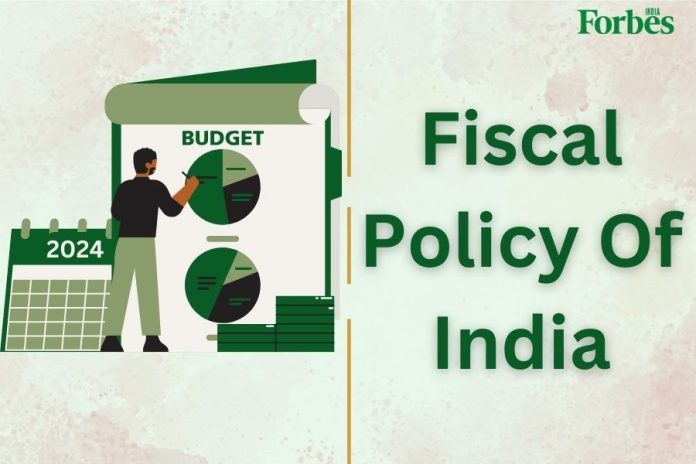- All eyes will be on the Union Government which is all set to present the budget for the ensuing financial year in the next few days. As you are aware, the Indian think tank led by the finance ministry and the Reserve Bank of India has initiated several fiscal measures that have stood the test of time amid some of the most extraordinary challenges confronted in the last few years. The once-in-a-century pandemic had a hugely debilitating effect on the global community stating the obvious. The ongoing conflict between Russia-Ukraine and Israel-Hamas has only further exacerbated the already dicey situation around the world tremendously impacting the global supply chains. We know how the entire universe has struggled to cope with these challenges.

PC: The Economic Times
- Thankfully, the Indian decision-makers taking prudent fiscal measures contributed to our economy growing the fastest in the world clocking an impressive GDP growth in the last few quarterly results. Note that this growth is achieved even as some of the most advanced economies are struggling to emerge from the economic meltdowns courtesy of the reasons mentioned above. Indeed, the Union Government will present its last budget ahead of the Lok Sabha elections and all eyes will be on the same but in an unusual context. India stands out globally for having safe macroeconomic indicators and good prospects for economic growth. Yet, fiscal performance has worsened since February 2019. Let’s investigate how and why of the same.
- Firstly, the fiscal performance needs to be set right to make the most of the growth potential. Fiscal indicators over the last five years were undermined by the Covid shock. Consequently, spending outpaced nominal GDP growth. As reported, from 2018-19 to 2023-24 budget estimates, GOI’s total expenditure grew 14.23% to Rs. 45.03 lakh crores. The nominal GDP for this percentage points to 5.9% of GDP in the current year’s budget estimates. Simultaneously, GOI domestic borrowing increased from 47.1% of GDP in 2018-19 to 57.7% in 2022-23. Indeed, the spending pattern had a positive feature, higher public investment. GOI stepped in to fill the gap left by private investment when firms cut back on borrowing to improve their financial position.

PC: Business Today
- In the current year, GOI’s capital expenditure is expected to be 22% of total spending. This will be supplemented by investments by PSUs. The downside is that subsidies have not only grown, but they are also not under control. For example, extra spending on food and fertilizer subsidies during 2022-23 overshot budget estimates by more than Rs. 1.50 lakh crore. Of course, GST has stabilized and its reforms have begun to show results. Direct tax collection is almost catching up with the corporate tax. However, the tax system remains litigation-prone. Disinvestment revenue is disappointing and needs to improve to widen the base. GOI weathered the pandemic shock well. Looking ahead, it needs to lower its debt level and smoothen tax architecture.






